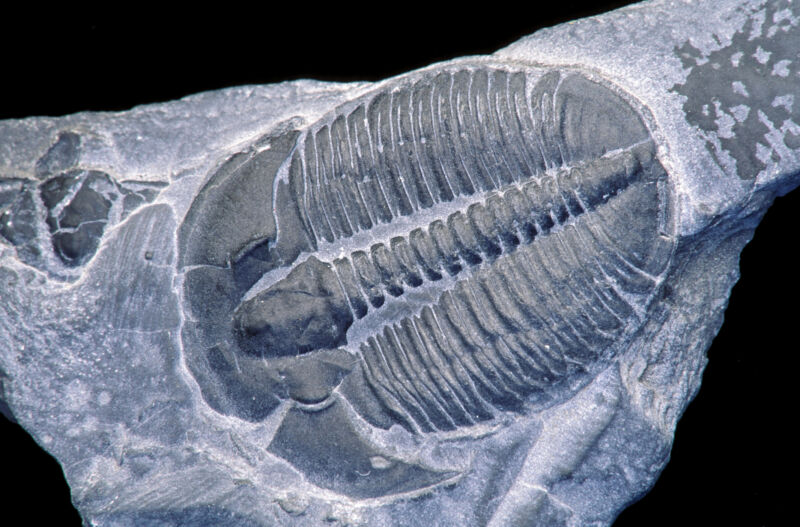Enlarge (credit: Ed Reschke)
Hundreds of millions of years before anthropogenic climate change was ever a thing, life on Earth suffered mass extinctions due to climate change brought on by natural causes. Even so, there were still organisms that held on and adapted to survive an otherwise lethal lack of oxygen. Trilobites managed to make it through two devastating mass extinctions and still escape any surviving predators.
As paleobiologists Jorge Esteve of the University of Madrid and Nigel Hughes of UC Riverside found, one trilobite species, Auracopleura koninckii, was especially successful when oxygen in the ocean reached dangerously low levels. This creature persevered because of an unusual adaptation. Like most trilobites, A. koninckii curled its segmented body into a tight ball to avoid being eaten. But it also kept growing more segments with additional legs that doubled as gills.
Even though the additional segments could not roll up completely, more legs meant more breathing opportunities, which gave this species an advantage when oxygen levels were low.
Read 8 remaining paragraphs | Comments

